#4th century B.C.
Text

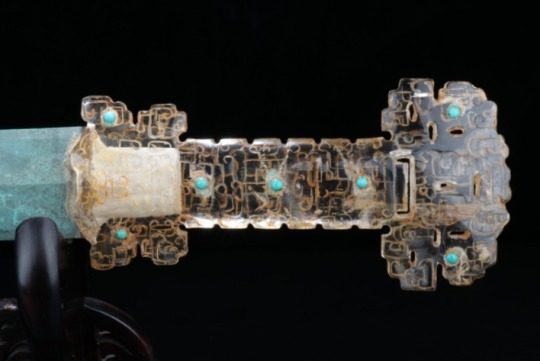
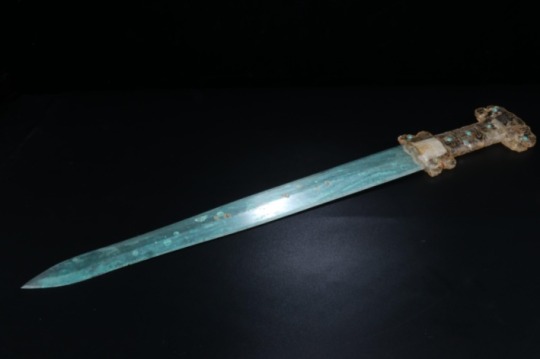
Chinese Bronze Sword With An Inlaid Rock Crystal, Turquoise and Gold Hilt
Warring States Period, Circa 4th - 2nd Century B.C.
#Chinese Bronze Sword With An Inlaid Rock Crystal Turquoise and Gold Hilt#Warring States Period#Circa 4th - 2nd Century B.C.#bronze#bronze sword#ancient artifacts#archeology#archeolgst#history#history news#ancient history#ancient culture#ancient civilizations#ancient china#chinese history#chinese art#art
2K notes
·
View notes
Text

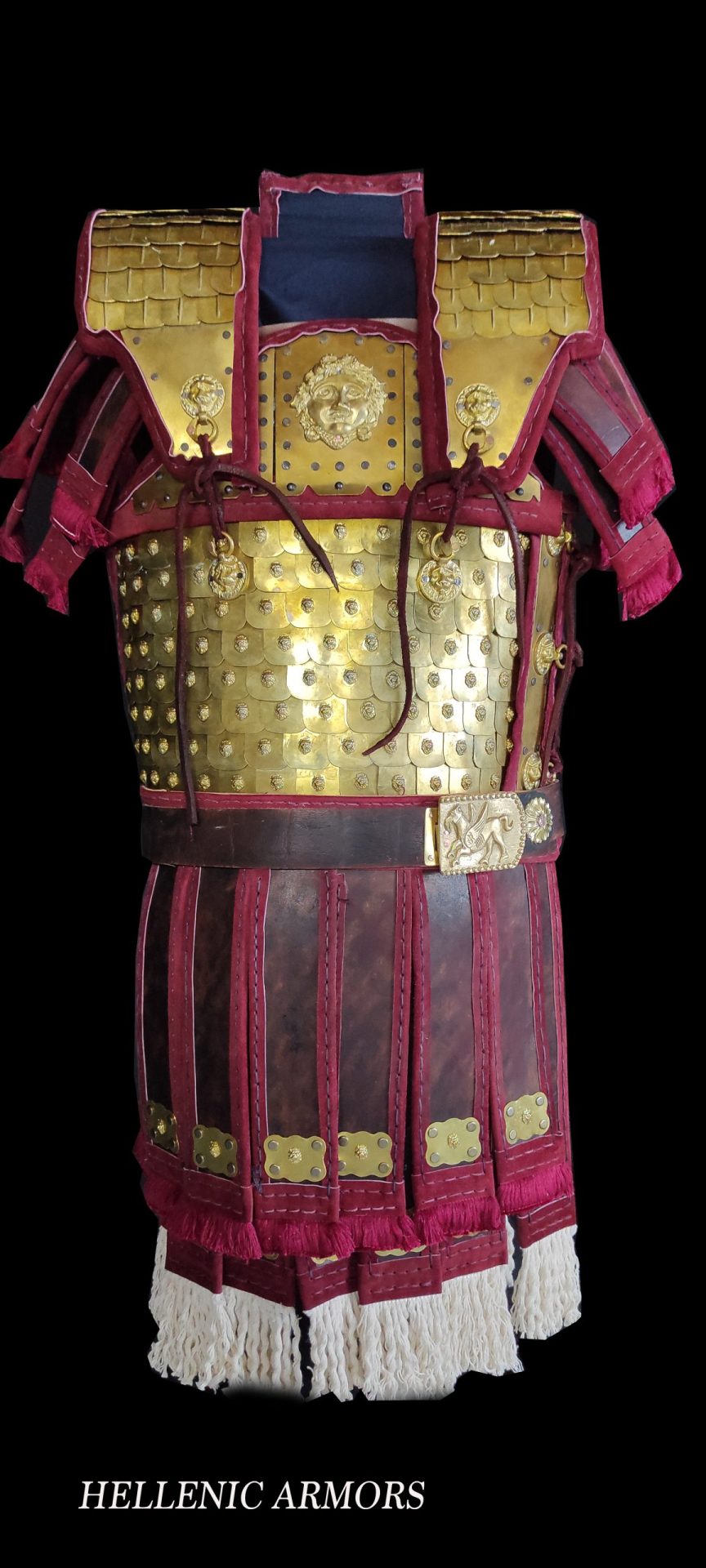


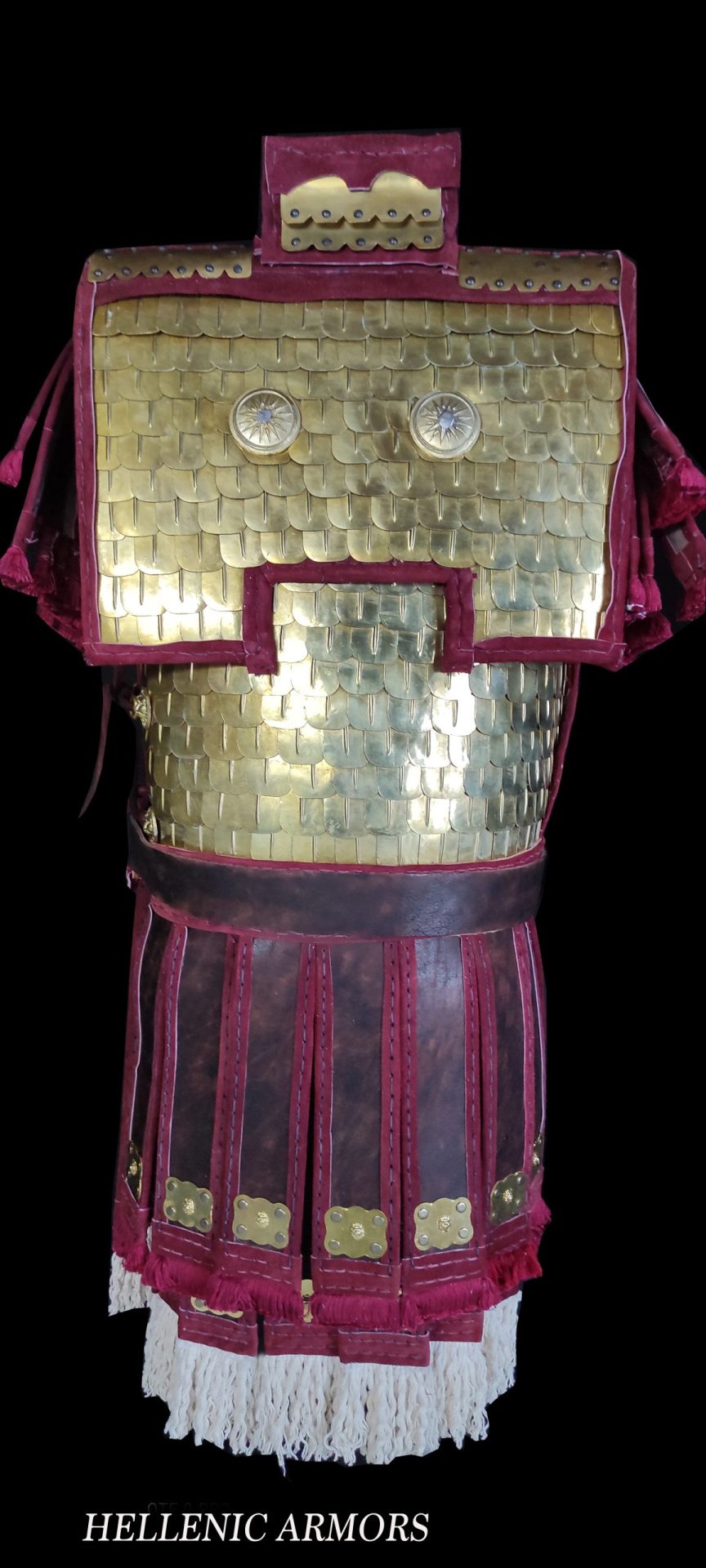

(x)


(x)
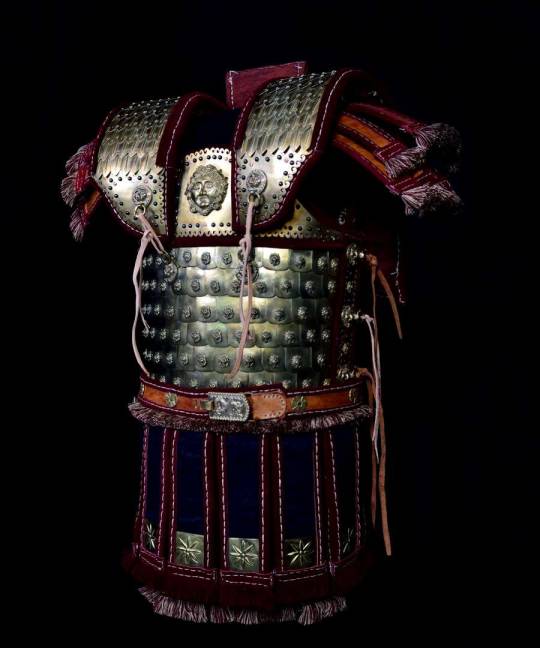

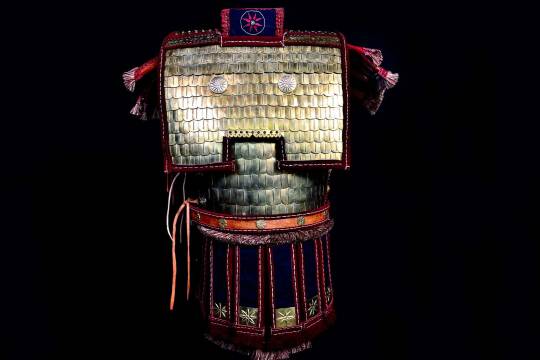
(x)
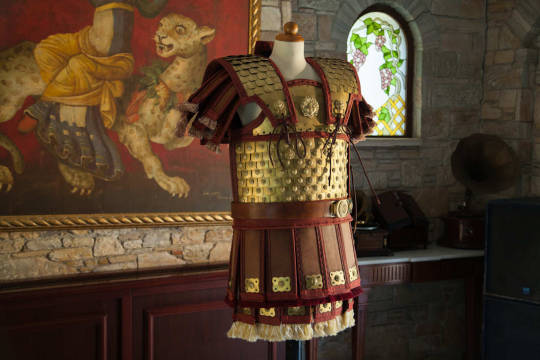


(x)
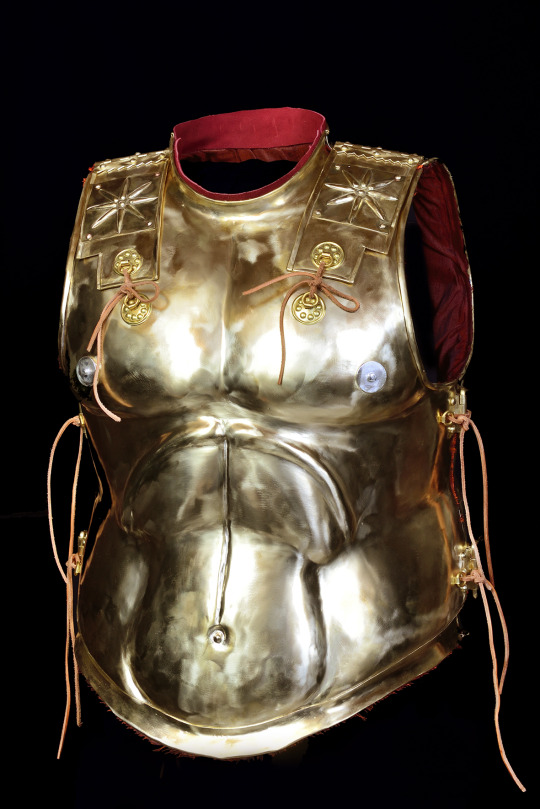
(x)



(x)


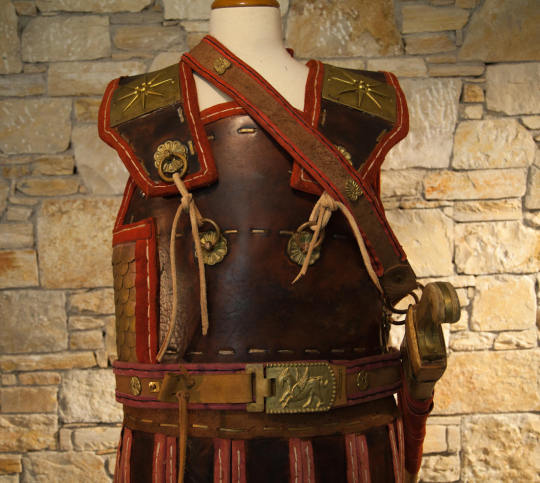



(x)
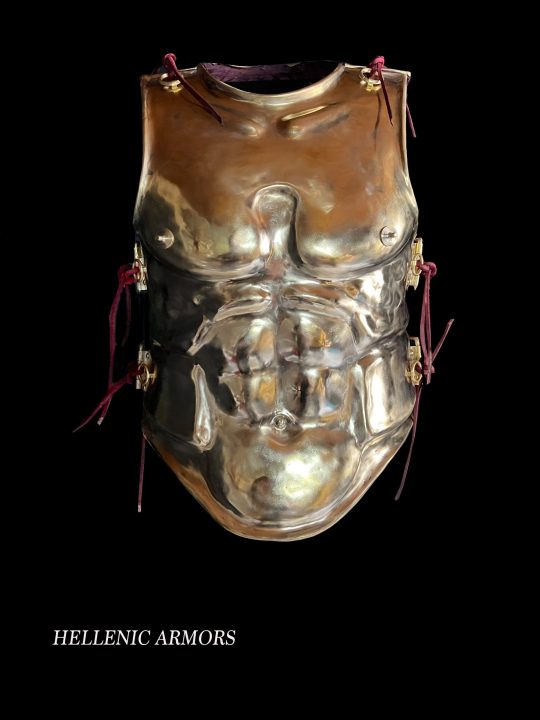
(x)

(x)

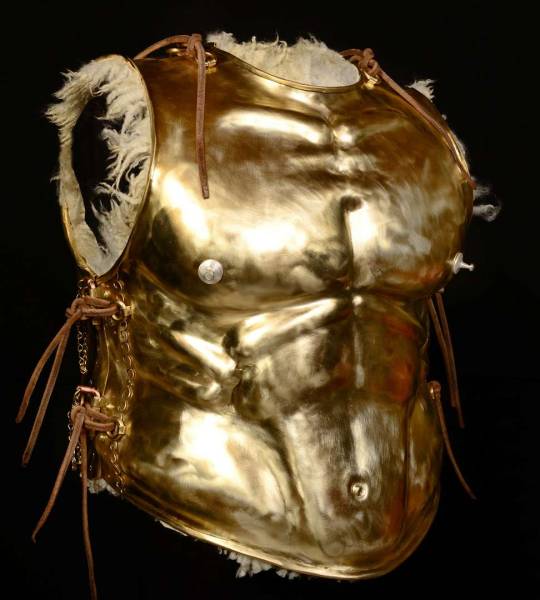
(x)
#Greek muscled cuirass#Linothorax#Alexander the Great#Phillip II of Macedon#ancient greek#hellenic armor#4th century B.C#3rd century B.C
4 notes
·
View notes
Text

Hedgehog on box pendant
Late Period–Ptolemaic Period
4th century –30 B.C., perhaps
the met
895 notes
·
View notes
Text
Even the smallest of words, like “even” (“per” in Greek), can create enormously consequential interpretive challenges for the translator. In Book 24 of the “Iliad,” the goddess Thetis visits her mortal son, Achilles, who is prostrate with grief for his dead friend, Patroclus. Achilles is still dragging the corpse of Patroclus’s killer, Hector, around the city walls every day, and still refusing to eat, drink or have sex — the normal activities of mortals. The goddess asks her son how long he will “devour” his heart with grief, rather than eating normal bread, and she reminds him that it is also good to have sex, or more literally (as I render it) to “join in love” — “even with a woman.”
On the most linguistically straightforward reading, the phrase suggests that his mother thinks Achilles would prefer to join with someone other than a woman — such as Patroclus, his beloved dead friend. This may be a surprise, given that earlier in “The Iliad,” the two men were described as sharing their beds with enslaved women, and they are never described by Homer as having sex with each other — although by the 5th and 4th centuries B.C., readers such as Aeschylus and Plato certainly assumed that they were lovers. Is Thetis suddenly “outing” her son? Or is she simply acknowledging the depth of his desire to be with his dead companion?
Translators sometimes leave the word out entirely (Fagles: “It’s a welcome thing to make love with a woman”) or apply the emphasis to the activity, not the partner (Lattimore: “even to lie with a woman”; Caroline Alexander, “Indeed, it is good to lie with a woman”) — although this is not a natural reading of the Greek word order. I do not think it is generally the translator’s job to correct or fight against the text; hence my decision to settle on the simple “even with a woman.” Readers can decide for themselves whether Achilles is yearning to “join” Patroclus in a sexual sense or to mingle with his dear ashes in the tomb.
- Emily Wilson on 5 crucial decisions she made in her ‘Iliad’ translation (link goes to the archive.ph version of the original washington post article due to its paywall)
1K notes
·
View notes
Text

Beaker with Birds and Animals
Thrace, ca. 4th century BCE
The ancient land of Thrace encompassed a large area now divided into Bulgaria, southern Romania, eastern Yugoslavia, northeastern Greece, and European Turkey. The first inhabitants of Thrace came from the northern part of Europe and appeared at least as early as the second millennium B.C.
Although certain contemporary Scythian and Iranian stylistic influences can be seen, the iconography of these scenes is clearly Thracian and probably refers to a native myth or legend. The monstrous bird of prey with land and water creatures in its grasp appears to symbolize dominance over land and water. Though a precise interpretation of the iconography remains uncertain, scholars have suggested that these animals were symbols associated with a heroic ruler and served as protective spirits, avatars, and tribal totems.
201 notes
·
View notes
Text

A Canosan Askos depicting Medusa flanked by two Tritonesses • Apulia, Late 4th ~ Early 3rd Century B.C.
239 notes
·
View notes
Text
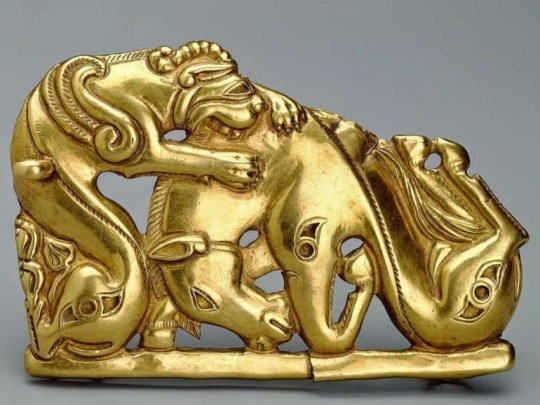
Scythian Culture Gold Gryphon Belt Plaque, Siberia, circa 4th - 3th century B.C. State Hermatige Museum.
Scythian griffins were highly symbolic in Scythian culture. They were often used as a symbol of royalty and were also associated with the sun, as the eagle head represented the soaring sun and the lion body represented the fiery sun.
135 notes
·
View notes
Text
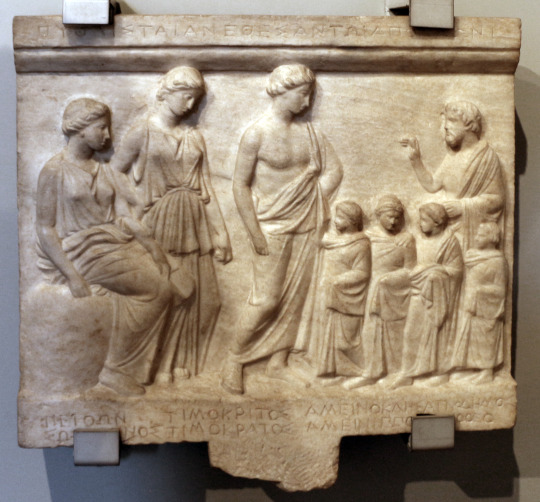
Marble relief of Leto, Artemis and Apollo
A votive relief dedicated to Apollo by a group of young boys who had taken part in a procession from Athens to Delphi.
Attic original from the first half of the 4th century B.C.
54 notes
·
View notes
Text
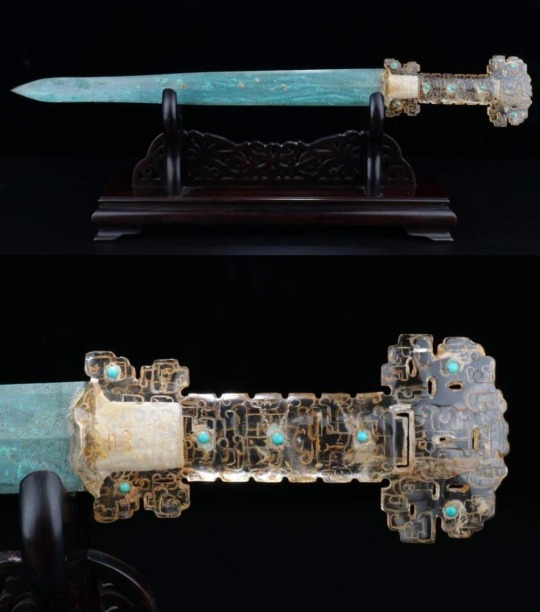
Chinese Bronze Sword With An Inlaid Rock Crystal, Turquoise and Gold Hilt
Date: Warring States Period Circa 4th - 2nd Century, B.C.
Collection and Photo Credit: Cardale Auctioneers
Source: historicmysteries.com via Facebook
645 notes
·
View notes
Text
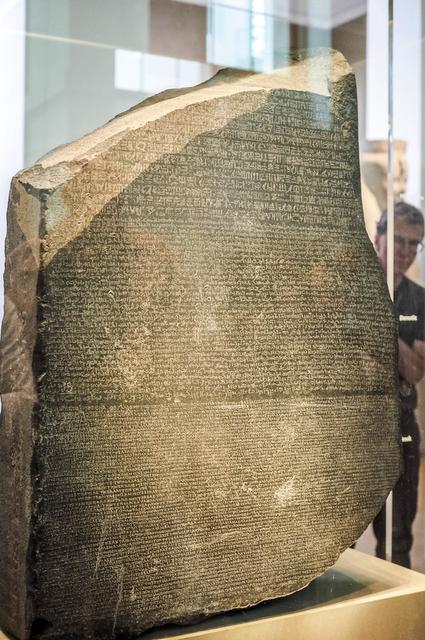
"The Rosetta Stone is a slab of granitoid stone featuring a written decree issued in 196 B.C. by a group of Egyptian clergy and Egypt’s ruler, Ptolemy V, attesting to his generosity and devoutness. The decree is written in three ways: hieroglyphics, which were used mainly by priests; Demotic, a somewhat simpler script used for everyday purposes; and ancient Greek.
The use of hieroglyphics died out after the 4th century and the writing system became an enigma to scholars, making the stone an essential tool in helping researchers understand the long-forgotten language.
It wasn't until the 19th century—two thousand years after its creation—that the Rosetta Stone helped scholars crack the code of hieroglyphics. French army engineers who were part of Napoleon Bonaparte’s Egypt campaign discovered the stone slab in 1799 while repairing a fort near the town of Rashid (Rosetta)."
96 notes
·
View notes
Text

▪︎ Silver-gilt wreath.
Period: Classical Greek
Culture: Hellenistic
Date: 4th-3rd century B.C.
Medium: Silver
#ancient#ancient art#history#museum#archeology#archaeology#wreath#Hellenistic#classical#4th century B.C.#3rd century B.C.#silver
1K notes
·
View notes
Text
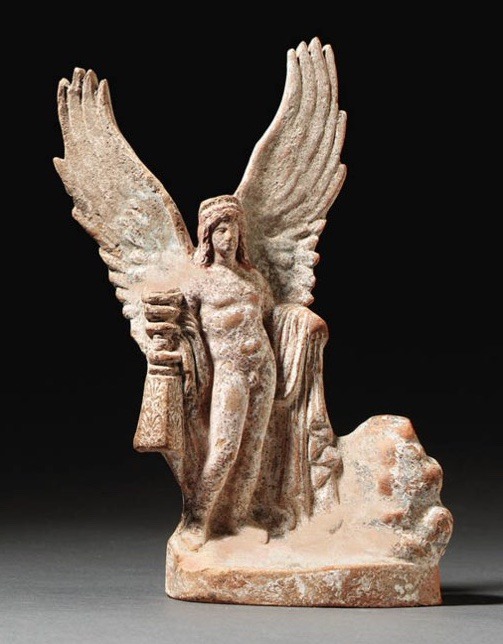
A GREEK TERRACOTTA FIGURE OF EROS
Classical period, circa late 4th century b.c.
6 in. (17 cm) high.
#A GREEK TERRACOTTA FIGURE OF EROS#classical period#circa late 4th century b.c.#terracotta#ancient artifacts#archeology#archeolgst#history#history news#ancient history#ancient culture#ancient civilizations#ancient greece#greek history#greek gods#greek art
271 notes
·
View notes
Photo
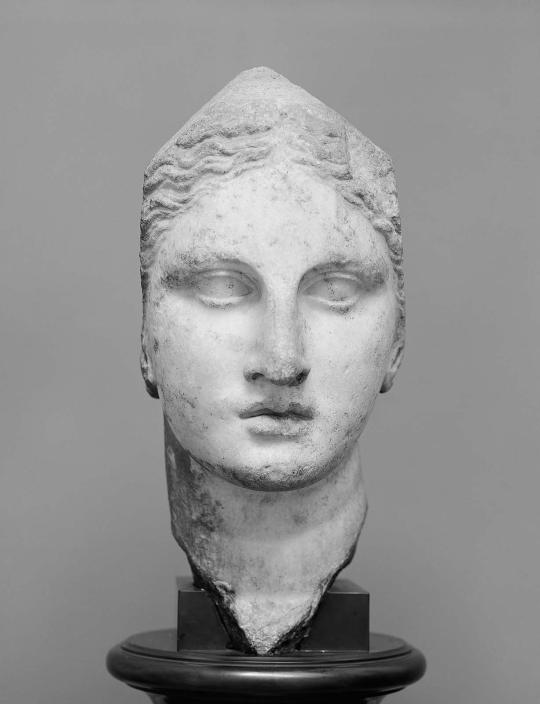
Goddess, perhaps Athena
Greek Classical Period 4th century B.C.
MFA Boston
347 notes
·
View notes
Text



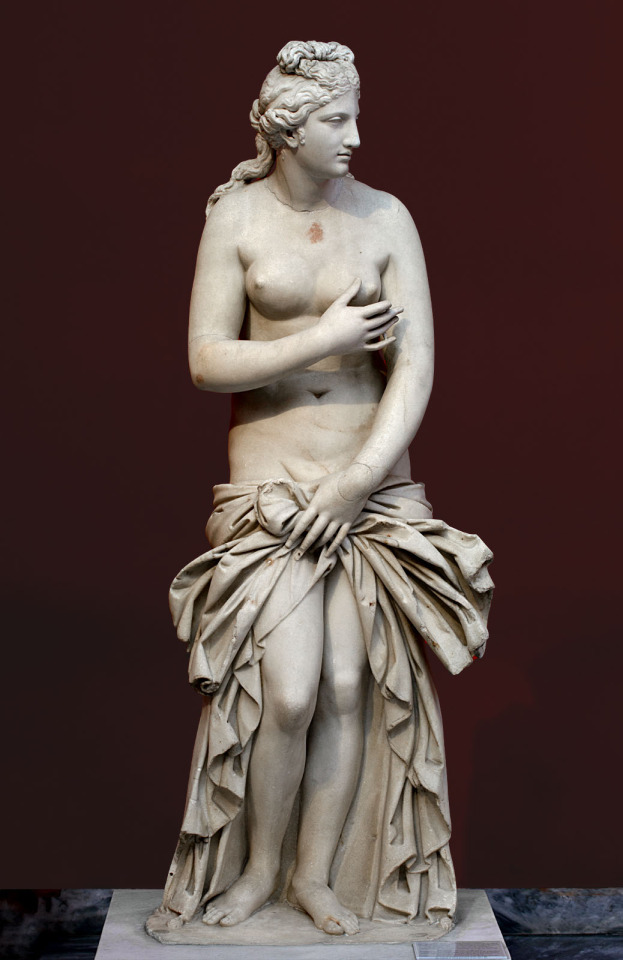
The Pudic Venus of the classical world are the representation of the goddess Aphrodite, naked or semi-naked, at the precise moment of modestly covering her "shame" or private parts, as if she had been surprised at the time of bathing or dressing.
It was one of the most typical artistic motifs of Classical Antiquity.
Let's see some examples:
-Photo 1, The Venus de Medici, Roman copy 1st c. BC, from the sculpture of Praxiteles from the 4th century BC
-Photo 2, Venus Capitolina, copy of the 2nd century from an original sculpture by Praxiteles. Capitoline Museums, Vatican.
-Photo 3, Aphrodite or Venus of Cnido, also called Altemps or Ludovisi. Work of the Greek author Praxiteles made around the year 360 B.C. Altemps Palace Museum, Rome.
-Photo 4, Aphrodite of Syracuse. Roman copy of the 2nd century AD. from a Greek original of the 4th century B.C.; neck, head and left arm are restorations by Antonio Canova. Found in Baiae, southern Italy. National Archaeological Museum, Athens.
100 notes
·
View notes
Text
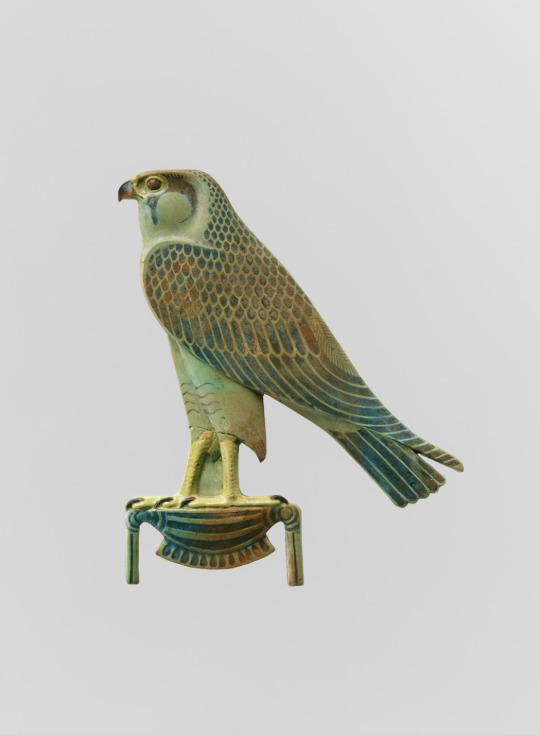
Inlay Depicting "Horus of Gold"
Egypt, Late Period–Ptolemaic Period, 4th century B.C
163 notes
·
View notes
Text

Wreath of oak leaves and acorns
Greek
Late Classical or Early Hellenistic Period
4th century B.C.
Gold
21 notes
·
View notes